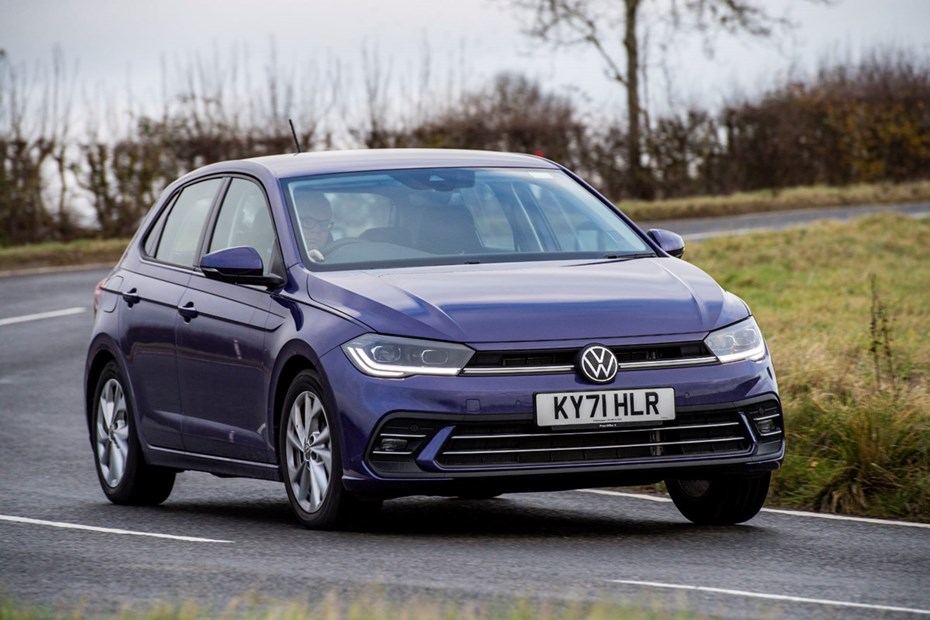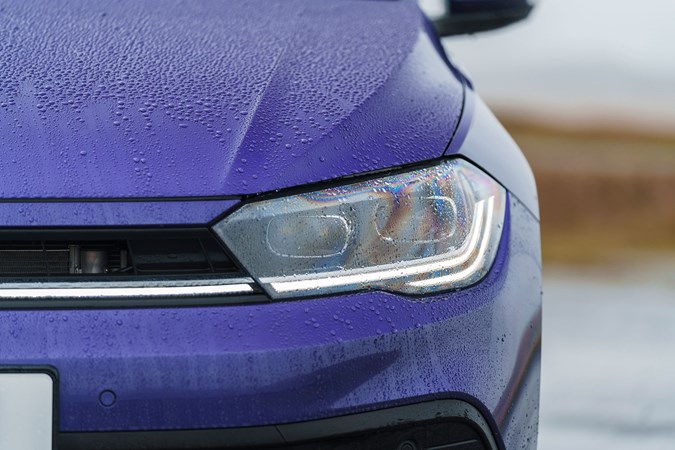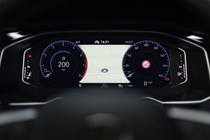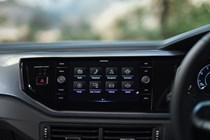
Volkswagen Polo running costs and reliability

Miles per pound (mpp) ⓘ
| Petrol engines | 6.3 - 8.0 mpp |
|---|---|
| Diesel engines | 6.8 - 7.4 mpp |
Fuel economy ⓘ
| Petrol engines | 42.8 - 54.3 mpg |
|---|---|
| Diesel engines | 53.3 - 57.6 mpg |
- No diesel or hybrid available
- Low insurance and high residuals
- Servicing for 1.0-litres should be cheap
What are the running costs?
During our testing, the 95hp turbocharged 1.0-litre manual Polo averaged more than 50mpg, which tallies with its claimed WLTP fuel economy figure. It’s worth noting that we spent a lot of time on faster roads with the car – and its efficiency would have tumbled had we driven it around town more.
The 80hp engine is slower, which means it needs to be worked harder to perform simple tasks like joining motorway slip roads or simply accelerating when the speed limit changes. That means it burns through fuel faster and makes it a bit more of a pain to live with.

Even the flagship Polo GTI has a WLTP fuel economy figure of 41.5mpg. That’s pretty good for a car with 207hp, but it’s worth noting you won’t get anywhere near that figure if you’re regularly exploiting the performance on tap.
The Polo has some favourable insurance rates, too – the most basic 80hp Life model sits in insurance group 3. Plus, as with all Volkswagens, it should retain a higher residual value than its competitors, meaning it should be worth more than its rivals when you come to sell it.
Servicing and warranty
Every Polo leaves the showroom with a three-year warranty. There’s an unlimited mileage cap for the first two years the car is on the road, followed by a year with a 60,000-mile cap. That’s good, but it can’t match the 10-year warranty offered with the Toyota Yaris.
Servicing varies slightly between models (and Volkswagen even has a system that adjusts you service schedule depending on how you drive the car), but Polos generally need a first service at 9,300 miles or 12 months old, whichever comes first. The second service is at 18,600 miles, or 24 months old, while the third is 27,900 miles or 36 months old.
Volkswagen also offers servicing packages that can be bundled into your monthly finance payments.
Reliability
- Good reputation for reliability
- Lots of shared parts with other VW models
- Six recalls issued since the car was launched
Volkswagen is far from blemish free in this area, but the Polo is known for being a reliable car. Since the car was launched in 2017, Volkswagen has issued six recalls. The most serious issues were concerned with the car’s passenger airbag, brake servo and rear seat belt buckles, the latter of which affected cars across the Volkswagen Group.
There have also been issues with the way the factory bonded the Polo’s rear spoiler and sunroof frame to the bodywork, along with a minor fault concerning the handbrake lever adjustment. However, there have been no recalls for the car since it was facelifted in 2022.
Ongoing running costs
| Road tax | £190 |
|---|---|
| Insurance group | 1 - 15 |
Get an insurance quote with

|
|

























































